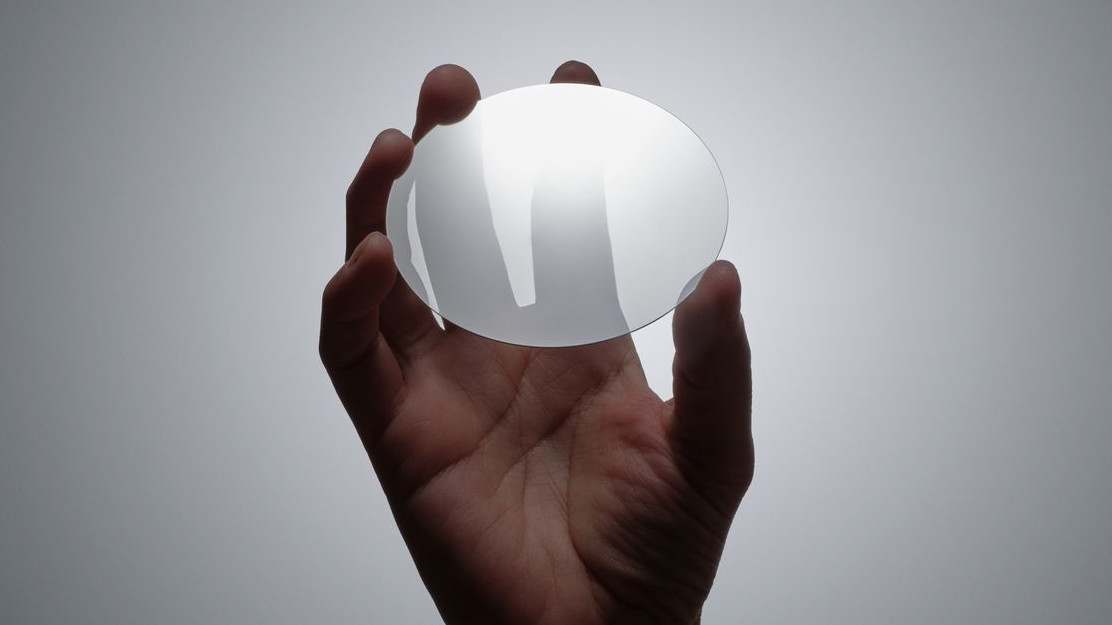
One of the greatest fundamental challenges of microchip fabrication is temperature control, and traditional methods are showing greatly diminishing returns as we advance into the 2020s and beyond. Those keeping a close eye on the tech sphere can already see this happening with slowing advances on GPU and especially CPU architecture, but manufacturers have been pondering this issue for much longer and are working on new solutions, like synthetic diamond and purified glass!
To be more specific, the WSJ recently spoke to various executives and employees from Diamond Foundry and Intel, who are both tackling this problem in different ways.
Diamond Foundry is producing synthetic diamond wafers— ostensibly the largest of their kind, at least in diameter— for use with silicon microchips. According to Martin Roscheisen, this allows for those chips to run at least twice as fast as their rated speed. Lab tests on an undisclosed high-end Nvidia GPU reportedly granted three times the performance as a normal chip based on standard manufacturing materials, which is insane but a little hard to believe without publicly available benchmarks.
Meanwhile, Intel is instead focusing on producing purified glass for substrates (the underlying package the processor is mounted on), likely for use with most (if not all) of its product line. This is already being tested in Intel factories and will be rolled out in the latter half of the decade. Instead of cooling, purified glass is instead being used for improving power efficiency and communication between chips...though, of course, higher power efficiency is also ideal for cooling.
Both of these developments seem quite promising, though we maybe shouldn't look at Diamond Foundry as the only potential provider of diamond-based chips in the future. Even WSJ lists other companies providing their own easier-to-synthesize polycrystalline wafers, like Coherent or Element Six. Element Six even offers yet larger diamonds.
As we move further into a new decade, the next great turn in hardware manufacturing might be just around the corner. Using synthetic diamond and purified glass properly, we may even be able to create a future with semiconductors that don't require any silicon at all...at least according to Andy Bechtolsheim, co-founder of Sun Microsystems. Only time will tell!







